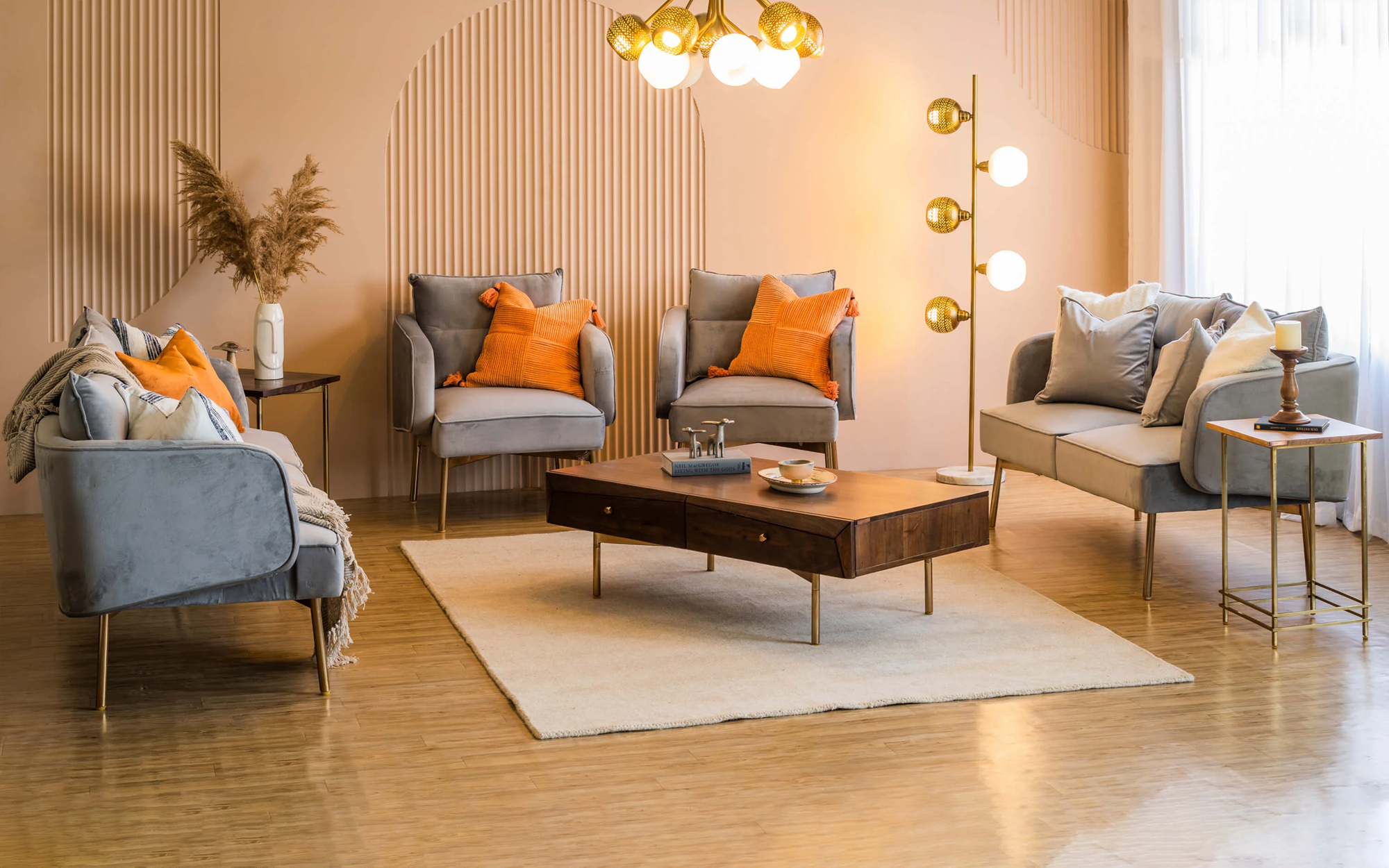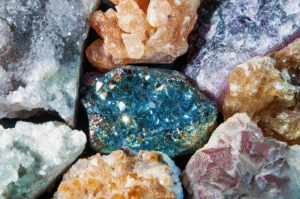In the world of interior design, trends come and go, but timeless decor elements are rooted in personal expression and artistic flair. One such emerging trend that’s capturing the attention of home enthusiasts and decorators alike is Pyntekvister — a decorating technique that beautifully blends creativity, texture, and natural elegance.
Whether you’re revamping an entire room or simply looking for a DIY decor element that speaks volumes, Pyntekvister offers a simple yet impactful way to transform your living space.
In this article, we’ll explore what Pyntekvister is, why it’s gaining popularity, and how you can use it to take your home decor skills to the next level.
What Is Pyntekvister?
Pyntekvister is a Scandinavian-inspired home decor technique that involves the use of decorative twigs, branches, and natural materials to enhance interior spaces. The term loosely translates to “decorative twigs” in English, but it represents much more than its literal meaning.
At its core, Pyntekvister embraces the Nordic philosophy of simplicity, nature, and craftsmanship. It’s about bringing the outdoors in — using twigs, dried florals, and natural fibers to create eye-catching, eco-friendly accents that breathe life and texture into your home.
From minimalist twig arrangements in glass vases to intricate wall hangings or wreaths, Pyntekvister is incredibly versatile and offers endless possibilities for personalization.
Why Pyntekvister Is Perfect for Modern Home Decor
Eco-Friendly and Sustainable
As more homeowners move toward sustainable living, Pyntekvister offers a beautiful way to decorate without relying on plastics or mass-produced decor items. Twigs and branches can be foraged locally, making it both environmentally friendly and budget-conscious.
Brings Nature Indoors
Incorporating natural materials indoors has proven to enhance mental well-being, reduce stress, and create a more grounded environment. Pyntekvister connects you with nature in an artistic and meaningful way.
Easy to Customize
You don’t need to be a professional interior designer to use Pyntekvister. It’s a beginner-friendly technique that allows for experimentation and creativity — perfect for DIY enthusiasts.
Low-Cost Yet High Impact
Decorating doesn’t have to break the bank. With just a few twigs, a vase, or string, you can create stunning centerpieces, wall decor, or rustic ornaments.
Popular Ways to Use Pyntekvister in Home Decor
1. Table Centerpieces
One of the most popular applications of Pyntekvister is as a dining or coffee table centerpiece. Arrange a few slender branches in a ceramic or glass vase. Add fairy lights, dried flowers, or small ornaments for a seasonal touch.
2. Wall Hangings and Art
Twigs can be arranged on a canvas, hung with string, or even mounted directly onto the wall. This creates a rustic or boho-chic look that adds depth and character to any room.
3. Window and Door Accents
Use flexible twigs to create wreaths or garlands that frame windows, doors, or mantels. Perfect for adding warmth during winter or natural vibrancy in spring.
4. DIY Pyntekvister Trees
Miniature “twig trees” placed in pots or stands can act as unique decor pieces, ideal for entryways or reading corners.
5. Seasonal Decor
Pyntekvister is especially beautiful for seasonal styling — add berries in winter, buds in spring, or colored leaves in autumn to match your seasonal theme.
How to Get Started with Pyntekvister
Ready to dive in? Here’s a step-by-step beginner’s guide to creating your first Pyntekvister decor piece.
Step 1: Gather Materials
- Twigs or small branches (clean and dried)
- Twine or floral wire
- A base (vase, canvas, frame, etc.)
- Optional: Dried flowers, leaves, fairy lights, feathers, ribbon
Step 2: Clean and Prepare
Brush off dirt and debris. You can also spray a light varnish or paint for a more refined look, depending on your style.
Step 3: Design Your Layout
Arrange your twigs in a pattern or style that fits your space — symmetrical, scattered, abstract, or structured.
Step 4: Assemble and Secure
Use glue, wire, or tape to hold your arrangement in place. For wall decor, mount it on a canvas or wooden board.
Step 5: Add Personal Touches
Customize your piece with seasonal accents, quotes, mini photos, or natural dyes to make it uniquely yours.
Tips for Mastering Pyntekvister
Less Is More
Stick to the Scandinavian principle of minimalism. A few carefully chosen twigs can speak louder than an overfilled arrangement.
Play with Contrast
Pair rugged twigs with soft materials like linen, lace, or pastel-colored vases to create visual interest.
Embrace Imperfections
The natural irregularity of branches adds charm. Don’t aim for perfect symmetry.
Use Local Materials
Explore your garden or local park for fallen twigs, driftwood, or wildflowers to keep your decor eco-conscious and original.
Pyntekvister in Different Interior Styles
Rustic/Farmhouse
Natural wood elements and earthy tones pair beautifully with rough-cut twigs and dried florals. Think: a twig chandelier or wreath above a fireplace.
Minimalist/Scandinavian
Simple glass or ceramic vases with a single striking branch capture the essence of Nordic design.
Boho-Chic
Mix Pyntekvister with macramé, feathers, and eclectic patterns for a free-spirited vibe.
Modern Botanical
Use sleek metallic holders or geometric wall grids to mount your twigs for a contemporary nature-meets-design aesthetic.
Why You Should Try Pyntekvister Today
In a fast-paced world filled with artificial and mass-produced decor, Pyntekvister offers a refreshing return to nature and authenticity. It allows you to slow down, engage in mindful creativity, and produce something deeply personal and aesthetically unique.
Whether you’re decorating for a season, a celebration, or simply exploring your artistic side, this technique opens the door to intentional, beautiful, and sustainable home decor.
Final Thoughts
Pyntekvister isn’t just about twigs — it’s about bringing warmth, creativity, and nature into your home. With just a few simple materials and a dash of imagination, you can transform any space into a cozy, meaningful sanctuary.
So why not take a walk outside, gather some inspiration (and a few twigs), and start crafting your first Pyntekvister project today? Your home — and your soul — will thank you.
FAQs About Pyntekvister
Q: Do I need artistic skills to start with Pyntekvister?
No! Pyntekvister is beginner-friendly and forgiving. It’s all about creativity and personal expression.
Q: Where can I find twigs for Pyntekvister?
Look around your backyard, parks, or hiking trails. Always ensure you’re collecting from safe and legal areas.
Q: How do I maintain Pyntekvister decor?
Keep pieces dry and dust-free. A light sealant can help preserve delicate arrangements.
Q: Can I make Pyntekvister with kids?
Absolutely! It’s a great nature-based craft activity for families and encourages creativity.




